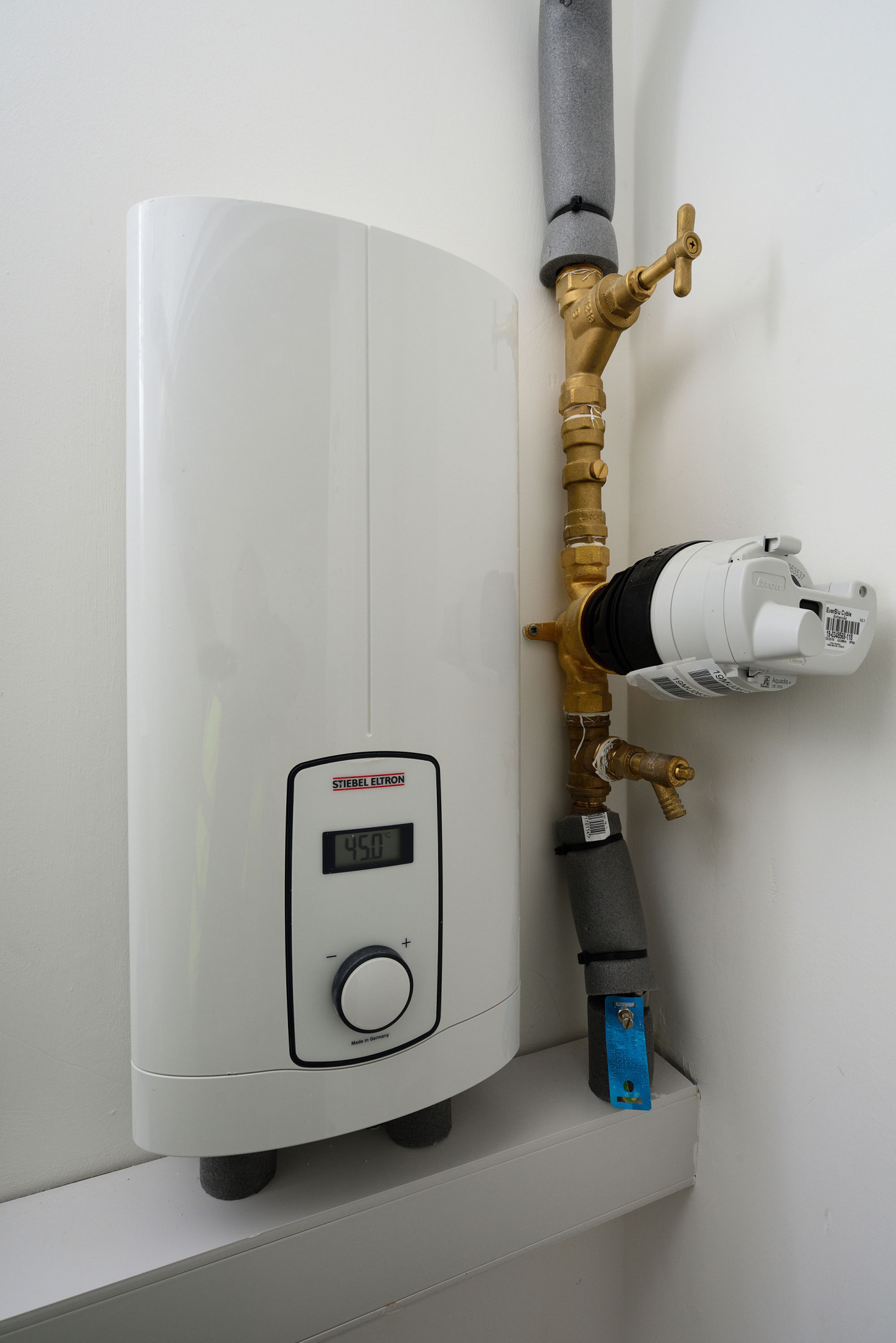Mark McManus, managing director at Stiebel Eltron, discusses why the built environment is central to sustainable economic recovery beyond COVID-19.
Both the business community and government are focused on the future recovery of the economy post-COVID. Now that society is starting to reopen, while maintaining efforts to keep people safe and healthy, many questions have been raised regarding the future of the property market.
Whether it’s the design of housing to allow for greater home working, the role of the office, and the future of bricks and mortar retail, there’s no doubt that we’ll continue to see significant changes to how people use buildings.
This presents new obstacles for everyone involved in the property sector. As these new issues arise, we have to also ensure that we make progress against pre-existing challenges too – namely sustainability. In our urgency to get the UK back on track, we can’t undo all the work we’ve done to ensure buildings are efficient and support a green economy.
Sustainable recovery
The built environment produces some of the highest volume of carbon emissions in the UK. Up and down the supply chain, the property sector has already worked hard to ensure developments can be part of a zero-carbon future. In the past few years it seems that sustainability has shifted from being a desirable bonus to a must-have in new schemes.
Post-COVID, the industry needs to continue to view sustainability as a priority. There are already suggestions that the “new normal” could see emissions rise beyond levels seen in 2019. Commuters are choosing to drive rather than take public transport while industries like manufacturing are battling to make up for lost time. The requirements for a sustainable property sector are arguably greater than ever before.
And this comes at a time when the government has recognised the huge role that property has to play in economic recovery. Between Prime Minister Boris Johnson’s ‘build, build, build’ announcement and the series of planning reforms that have been designed to remove barriers, the Government has a clear desire to get Britain building again.
If the plan is to supercharge the industry’s recovery, we should also be striving to supercharge our sustainability initiatives.
Championing sustainable alternatives
Of course, the challenge of doing so is that development capital is thin on the ground. Sustainability needs to demonstrate value more so now than ever.
Developers will need to be savvy in their approach to incorporating sustainability in schemes – ensuring that it can be cost effective. More often than not sustainability can be drastically improved by making a series of small changes that have large benefits. This is where our sector comes in.
One of the simplest methods to improve the energy efficiency is through the use of electricity as a heating source, for instance. Electricity is often generated through renewable energy solutions, making it a more responsible choice than gas.
When it’s used with renewable technology like heat pumps that convert environmental energy drawn from water, the ground, outdoor or extract air, more meaningful gains can be made. Heat pumps produce no carbon emissions end-to-end and they can also harvest heat when it’s as low as -20 degrees outside, making them hugely sustainable.
As well as sustainable methods of developing new schemes, the efficiency of buildings in-use will be critical to secure a zero-carbon future.
New technology
The property industry is not short of new technology either. Whether it be modular construction, biophilic design, proptech that monitors and manages energy across property assets, there is a varied mix of solutions at the industry’s fingertips.
In the HVAC space, technologies like instantaneous hot water (IHW) systems are also now coming to the fore. In the UK this technology has been overlooked in recent years as it is often considered difficult to install in the domestic market as a result of the country’s 240-volt energy supply, which is thought to be too low for the technology to work.
We recently worked on a scheme in the UK that takes advantage of the technology in a simple way. Working alongside SP Energy Networks at a residential scheme for developer Watkin Jones, we phased the supply in a way that could provide 400 volts required for the IHW units.
Since this test case for the technology in the UK has proven successful, it changes the outlook for these systems. IHWs heat water only when needed rather than storing the water for later use as in a traditional unvented tank. This makes them far more sustainable. There are also a host of other benefits that come with their small size – developers lose a significant amount of space when using a traditional tank – space that could be used to build larger homes or indeed more homes on a single site. And because they’re simple to install their specification can support quick project turnaround.
It’s of course critical that the UK increases productivity after COVID. However, this can’t be at the detriment to the planet. The industry has already worked hard to develop and innovate. It’s time to use our sustainable technologies to the fullest as part of our mission to get Britain building again.
